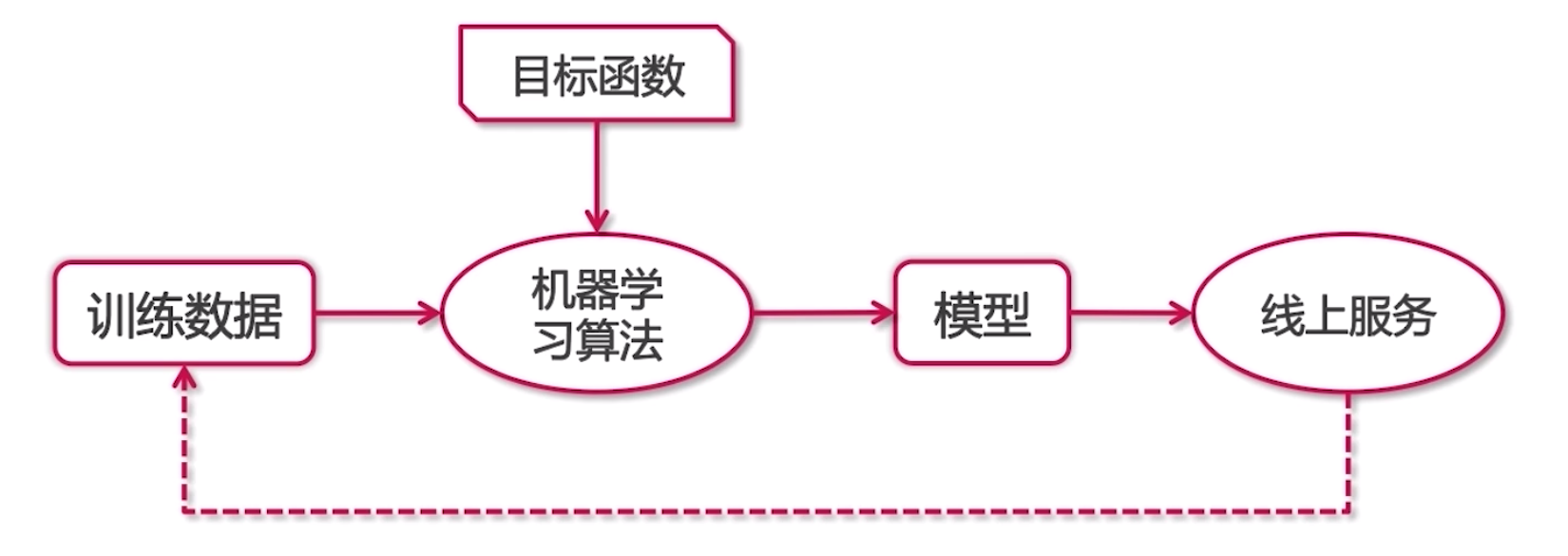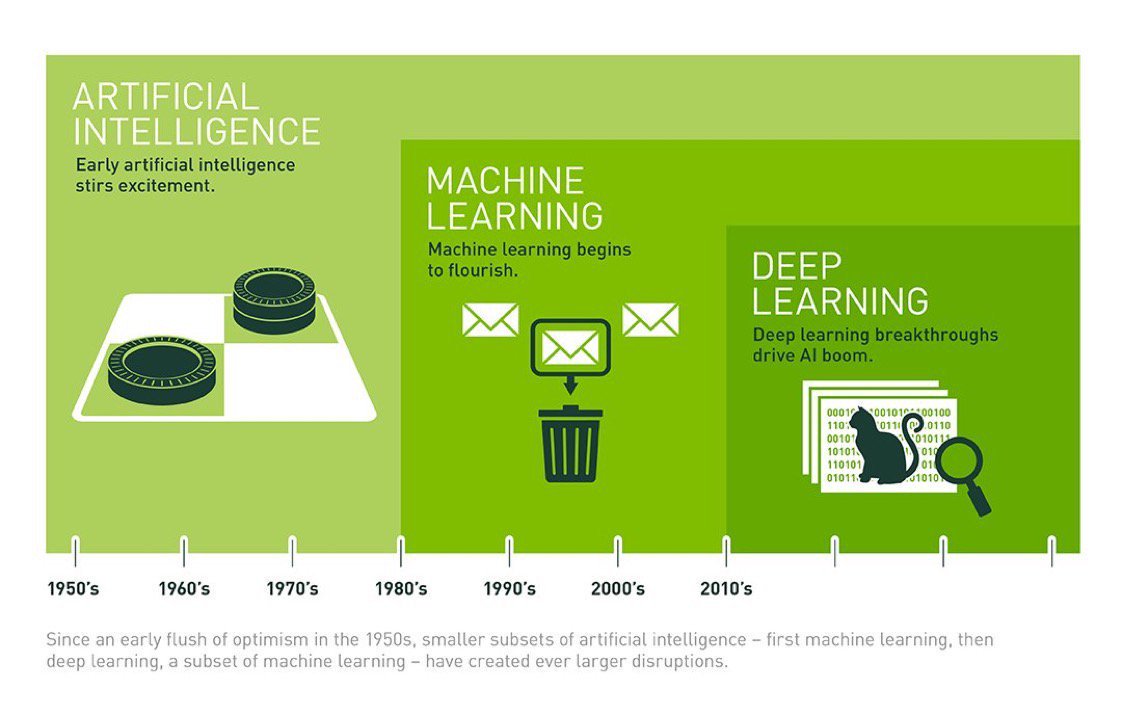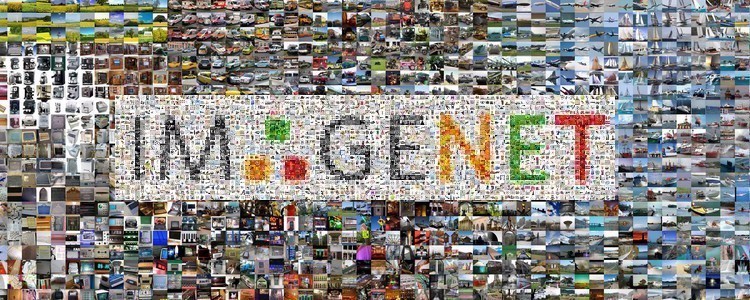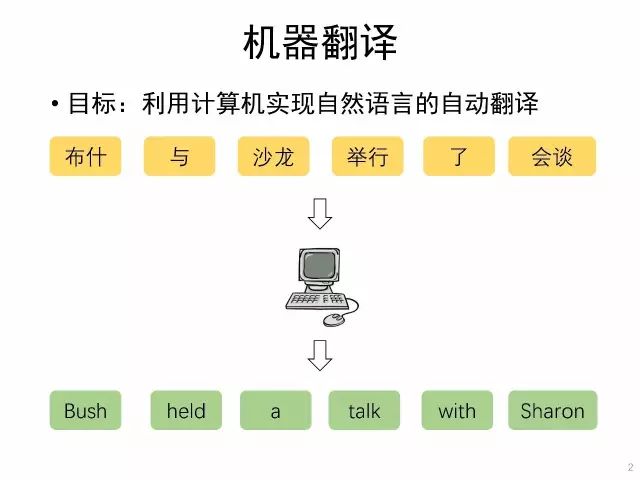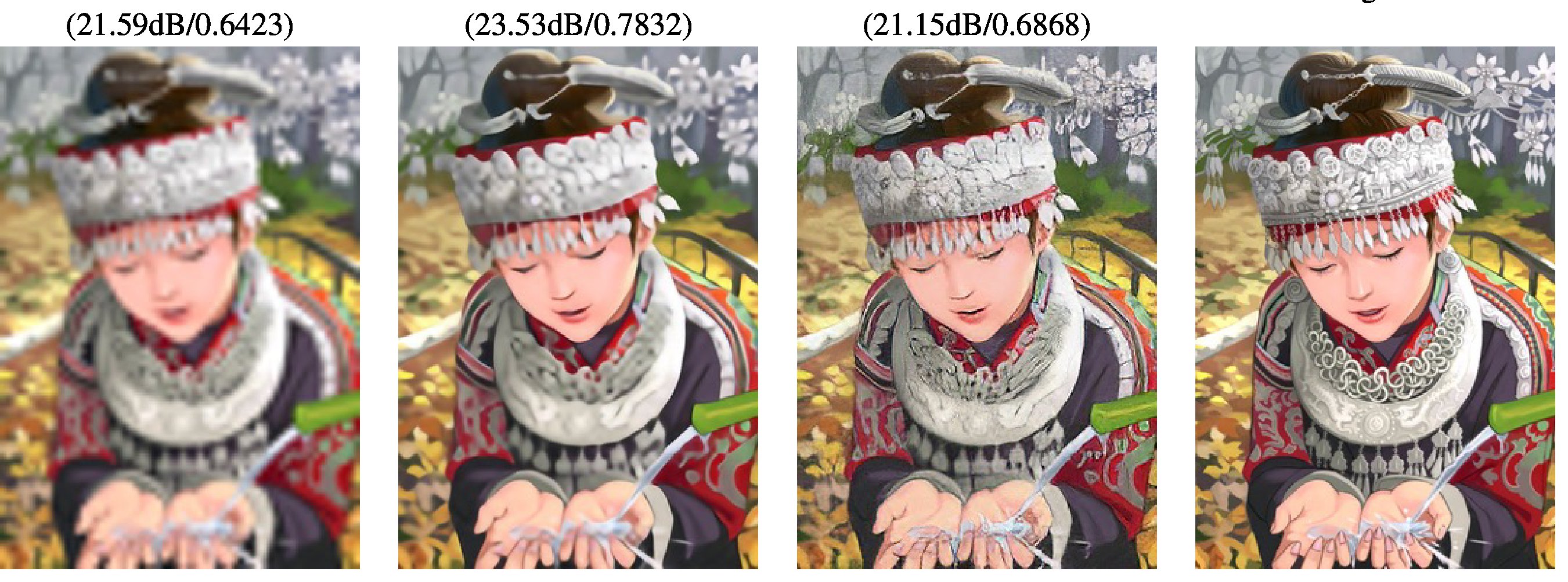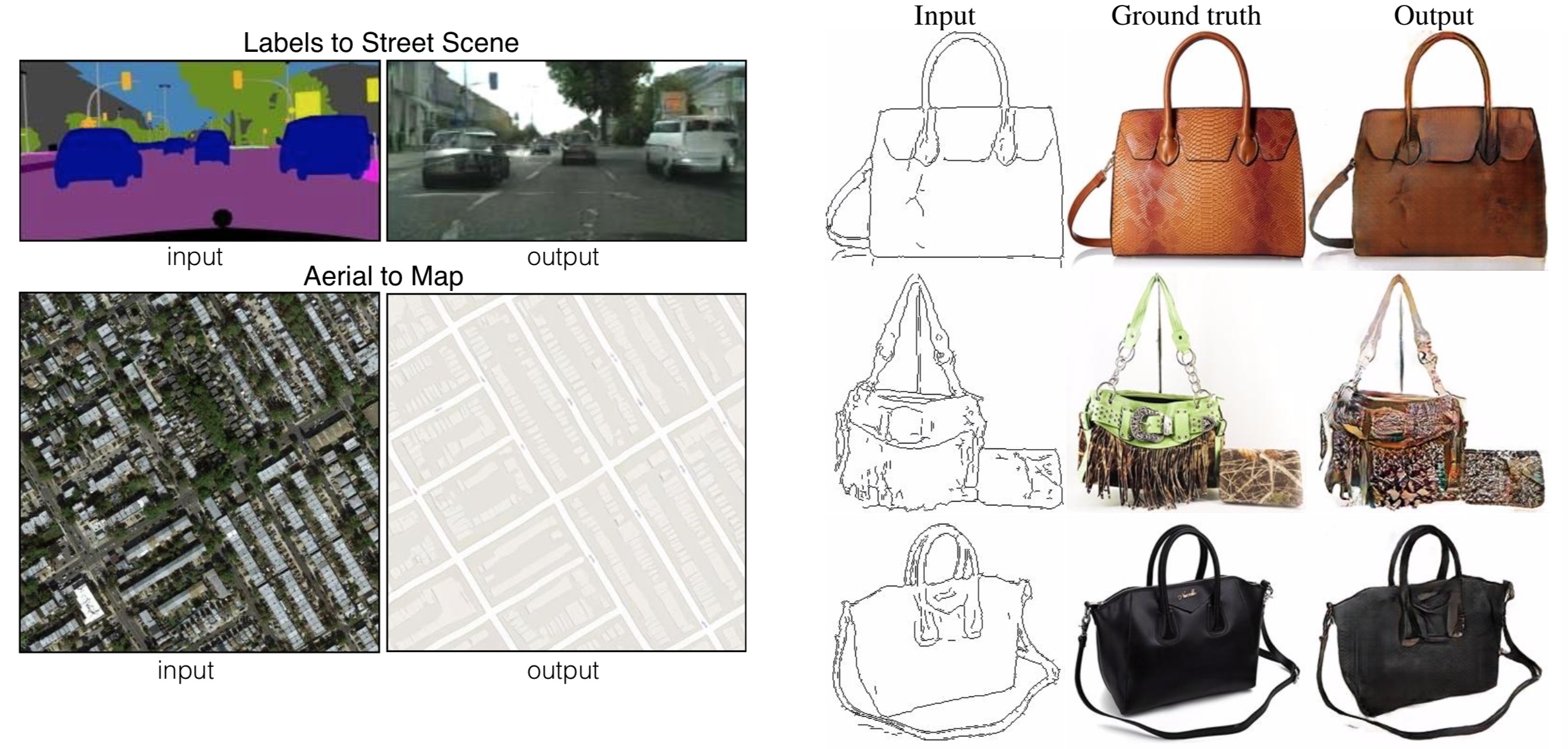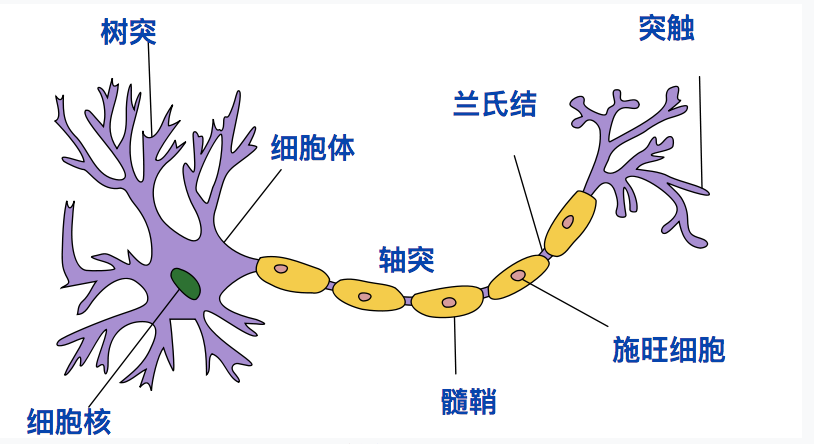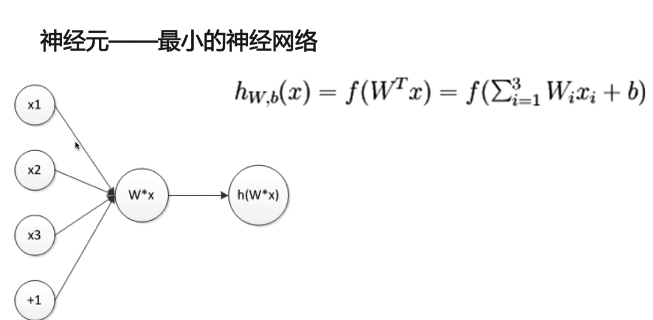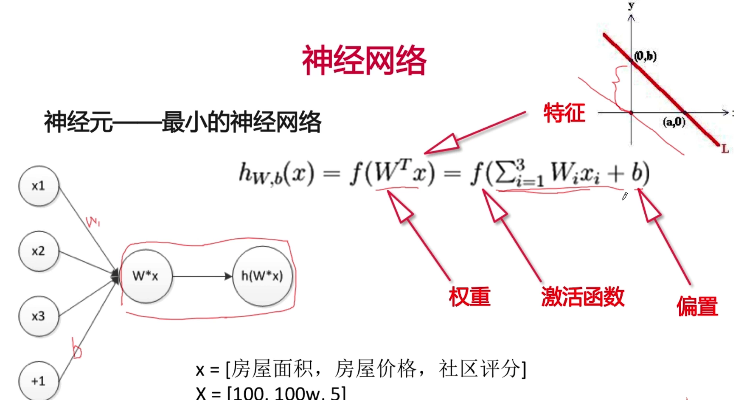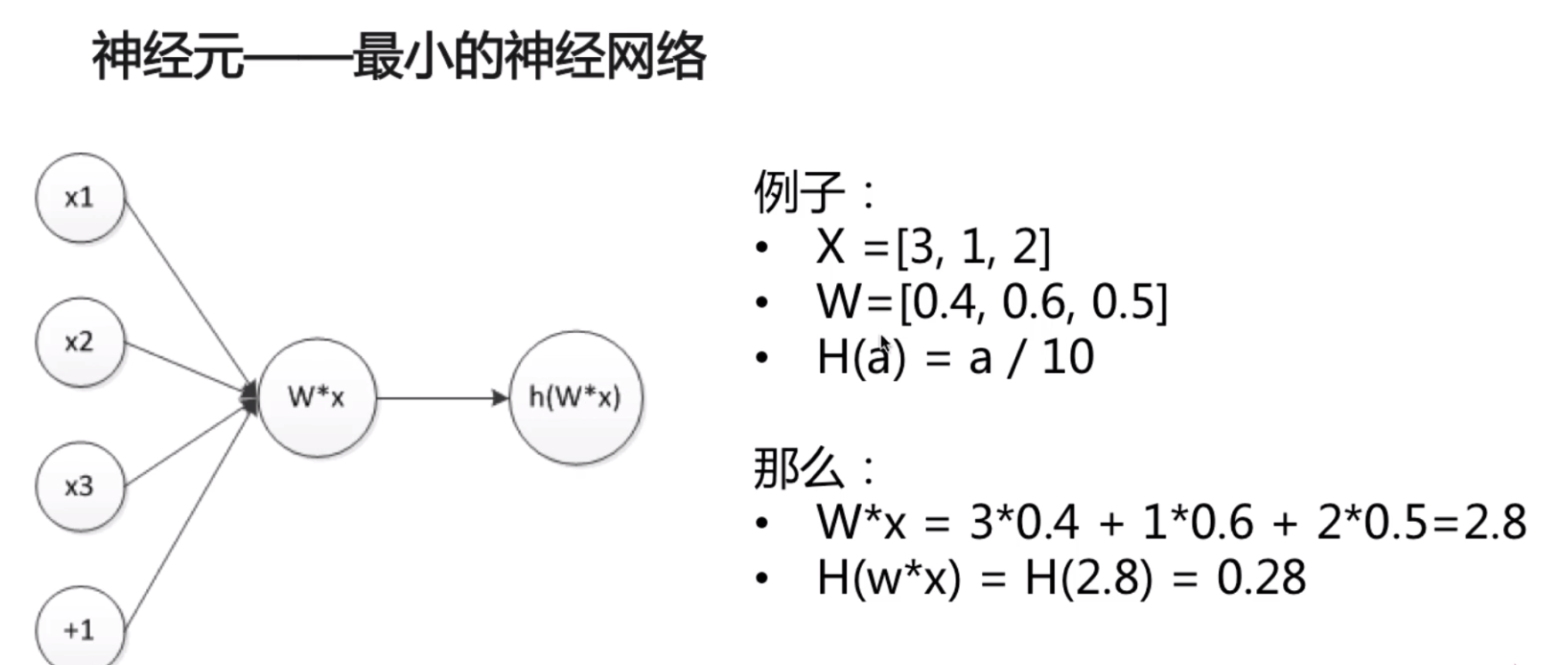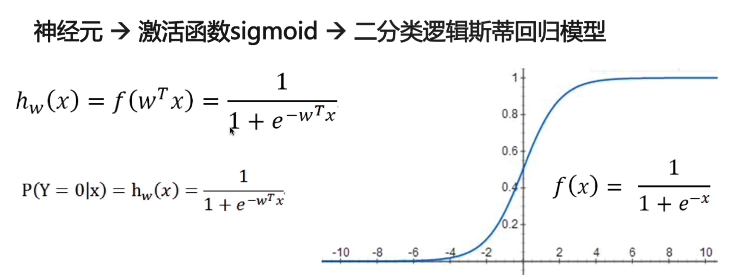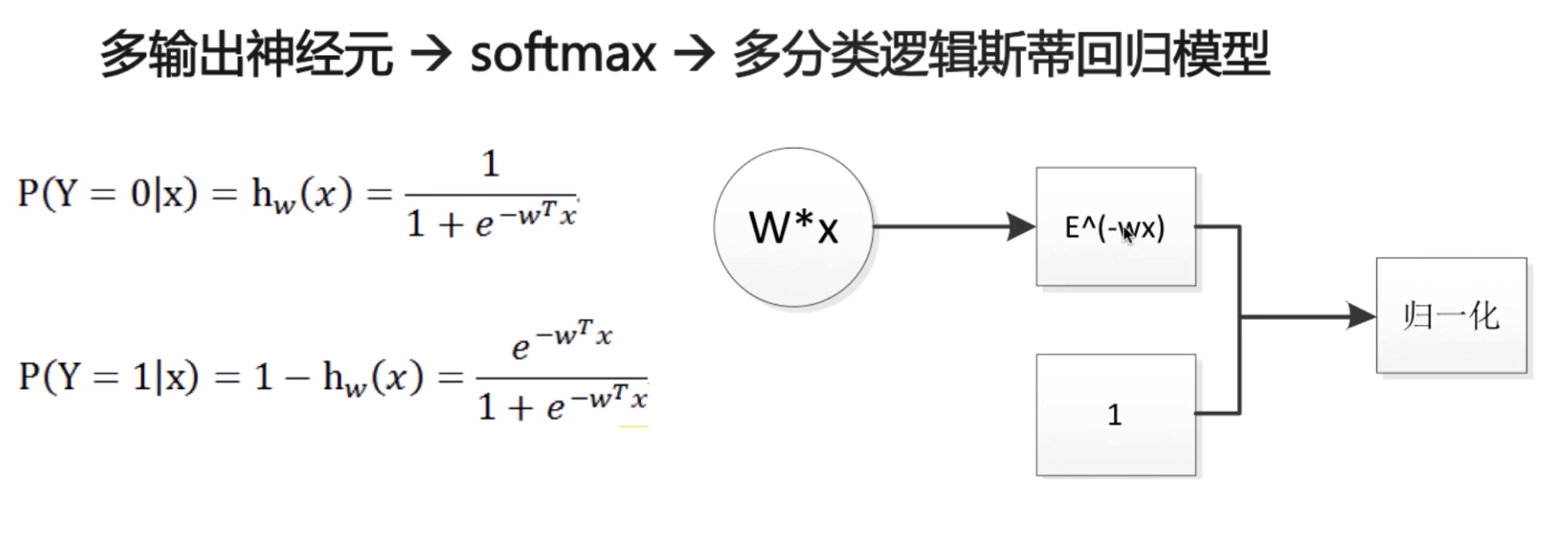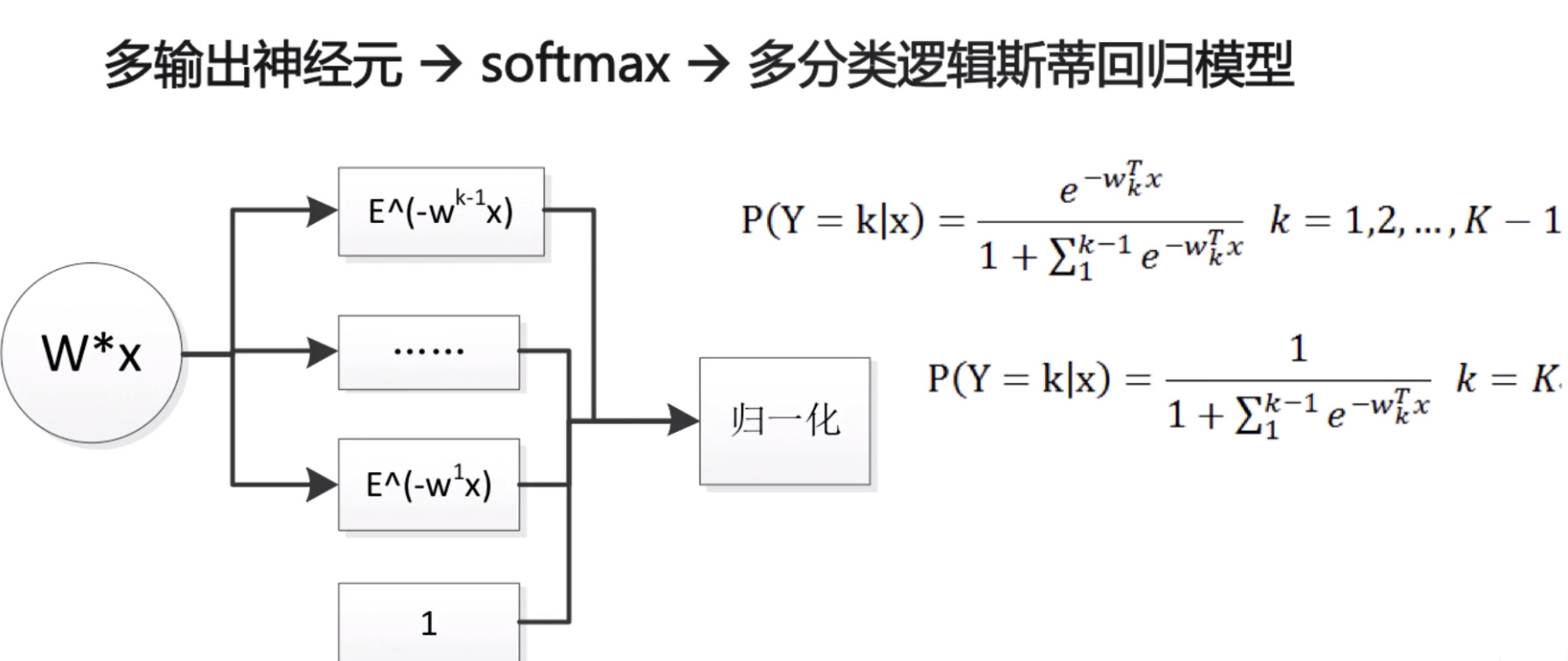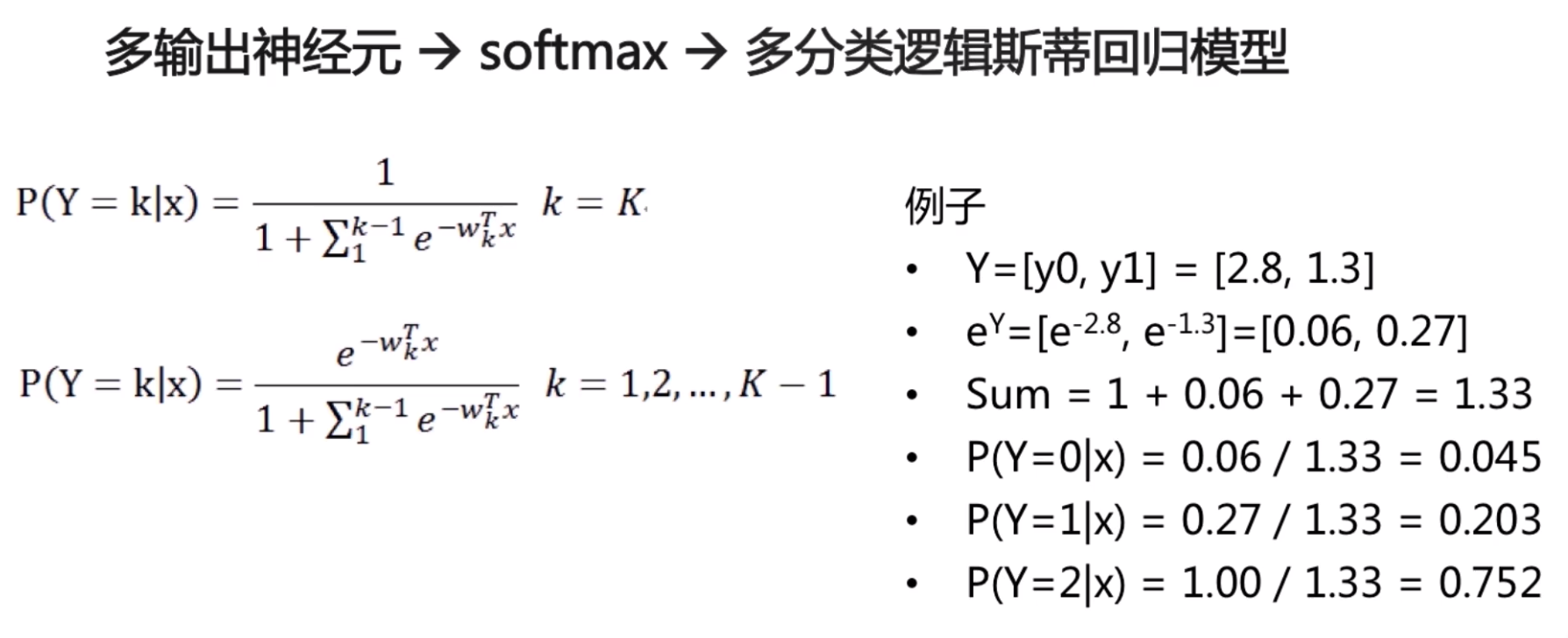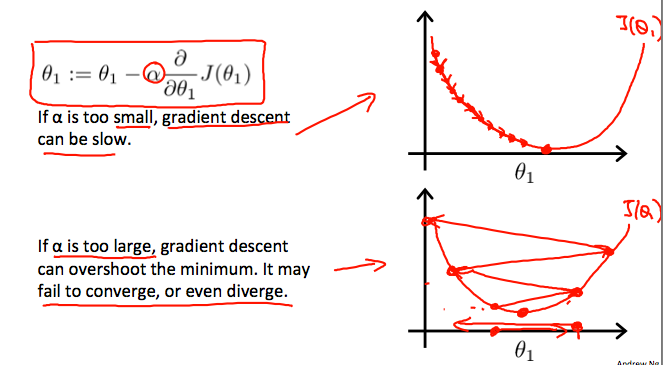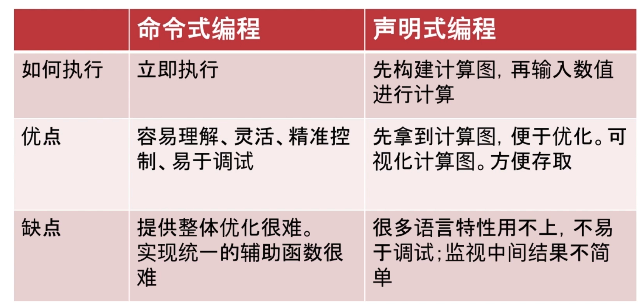深度学习初识
一、入门基本概念
机器学习简介
机器学习:无序数据转化为价值的方法 机器学习价值:从数据中抽取规律,并预测未来
机器学习应用举例
- 分类问题:图像识别、垃圾邮件识别
- 回归问题:股价预测、房价预测
- 排序问题:点击率预估、推荐
- 生成问题:图像生成、图像风格转换、图像文字描述生成
机器学习应用流程
机器学习岗位职责
- 数据处理(采集+去噪)
- 模型训练(特征+模型)
- 模型评估与优化(MSE、F1-score、AUC+调参)
- 模型应用(A/B测试)
深度学习简介
人工智能、机器学习、深度学习之间的关系
人工智能(AI)> 机器学习(Machine Learning)> 深度学习(Deep learning)
深度学习与机器学习关系
- 机器学习是实现人工智能的方法
- 深度学习是实现机器学习算法的技术
深度学习算法集合
- 卷积神经网络(Convolutional Neural Network, CNN)
- CV 领域使用较多
- 循环神经网络(Recurrent Neural Networks,RNNs)
- NLP 领域使用较多
- 处理不定长数据
- 自动编码器
- 稀疏编码
- 深度信念网络
- 深度学习 + 强化学习 = 深度强化学习
- AlphaGo
- AlphaZero
深度学习进展
- 图像分类
ImageNet: http://image-net.org/
- 机器翻译
- 图像生成
-
字体生成
-
AlphaGo
二、神经网络
人体神经元模型
神经网络模型是模仿人类的大脑神经构造而构造的。先来看人体神经元模型。
神经元的可以分为四个区域:
- 接收区(receptive zone):树突接收到输入信息。
- 触发区(trigger zone):位于轴突和细胞体交接的地方,决定是否产生神经冲动。
- 传导区(conducting zone):由轴突进行神经冲动的传递。
- 输出区(output zone):神经冲动的目的就是要让神经末梢,突触的神经递质或电力释出,才能影响下一个接受的细胞(神经元、肌肉细胞或是腺体细胞),此称为突触传递。
人工神经网络
人工神经网络(ANN:Artificial Neural Network),简称神经网络(NN:Neural Network)。迄今为止,人工神经网络尚无统一定义, 其实一种模拟了人体神经元构成的数学模型,依靠系统的复杂程度,通过调整内部大量节点之间相互连接的关系,从而达到处理信息的目的。
上图显示了人工神经网络是一个分层模型,逻辑上可以分为三层:
- 输入层:输入层接收特征向量 x 。
- 输出层:输出层产出最终的预测 h 。
- 隐含层:隐含层介于输入层与输出层之间,之所以称之为隐含层,是因为当中产生的值并不像输入层使用的样本矩阵 X 或者输出层用到的标签矩阵 y 那样直接可见。
1. 神经元
2. 逻辑回归模型
神经元 -> 激活函数sigmoid -> 二元类逻辑斯蒂回归模型
神经元 -> 多输出
- W从向量扩展为矩阵
- 输出W*x则变成向量
多输出神经元 -> softmax -> 多分类逻辑斯蒂回归模型
目标函数
也称为损失函数,衡量对数据的拟合程度
梯度下降
-
下山算法
- 找方向
- 走一步
-
梯度下降算法
三、Tensorflow基础
Tensorflow简介
Google Brain 第二代机器学习框架
计算图模型
- 命令式变成
- 声明式变成
TensorFlow 安装
- 基于 VirtualEnv 的安装
- 原生 pip
- Docker
- 从源代码安装
参考资料
书籍推荐
